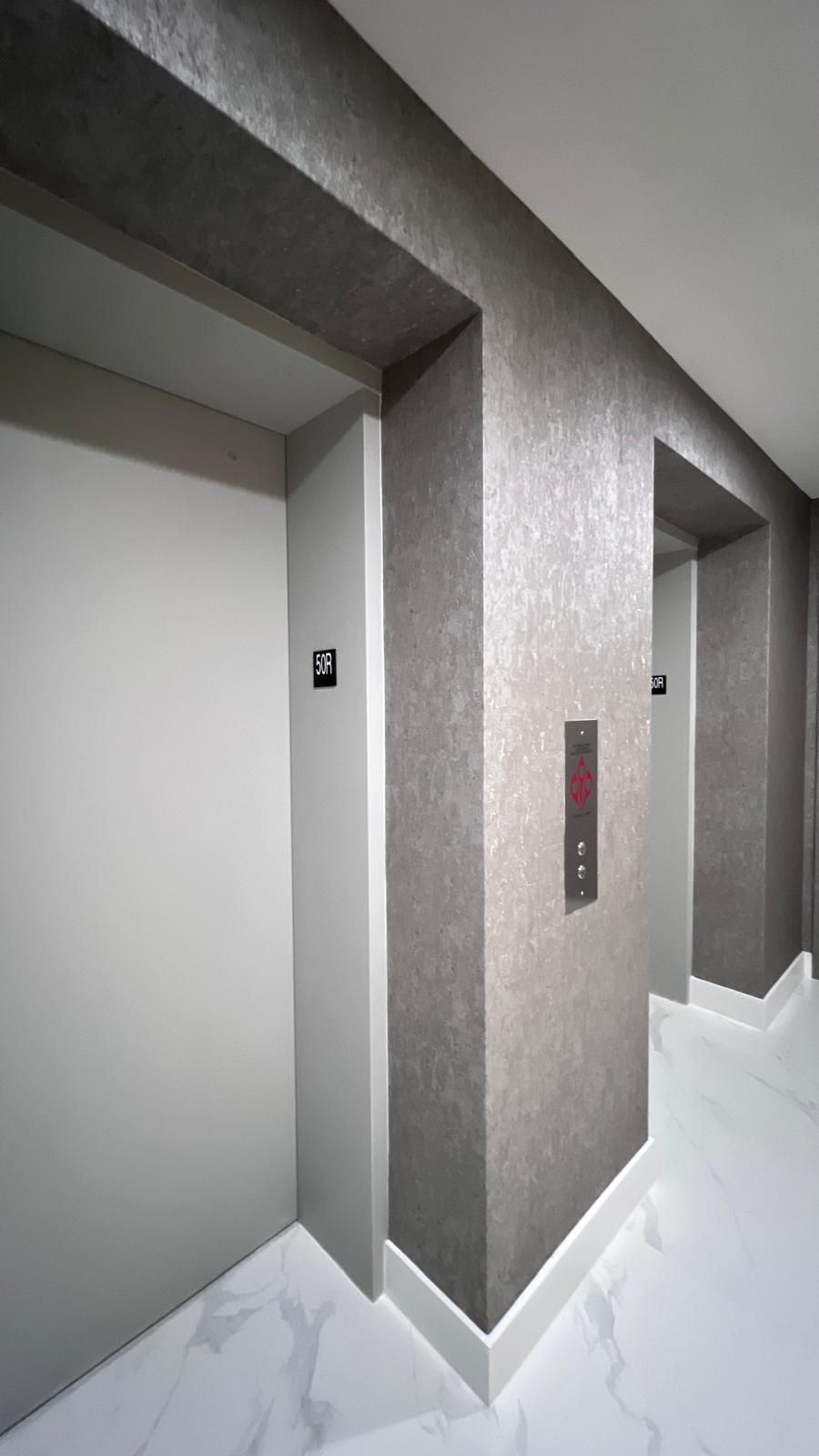How to Wallpaper
- Guillermo
- Jun 6, 2022
- 3 min read
Updated: Sep 22, 2023
Wallpapering is a fantastic way to breathe new life into your home decor. With a myriad of colors, patterns, and textures available, wallpaper allows you to express your personality and style while transforming your living spaces into something truly unique. Whether you're a first-timer or an experienced DIY enthusiast, this step-by-step guide will provide you with essential tips and tricks to ensure a successful wallpapering project.
1. Choose the Right Wallpaper:
Before you begin, it's crucial to select the perfect wallpaper for your space. Consider the room's purpose, lighting, and existing decor to make an informed decision. Bold patterns can add drama and depth to a room, while subtle designs can create a soothing ambiance. Always order slightly more wallpaper than you need to account for pattern matching and future repairs.
2. Prepare Your Wall:
Proper preparation is the key to a successful wallpaper installation. Start by cleaning the wall surface thoroughly, removing any dirt, dust, or old wallpaper. Patch any cracks or holes and sand uneven surfaces to create a smooth canvas. Prime the wall if necessary, as this will help the wallpaper adhere better and prevent any discoloration.
3. Gather the Right Tools:
Having the right tools at your disposal will make the wallpapering process more efficient. Essential tools include a sharp utility knife, a wallpaper smoothing brush, a level, a tape measure, a wallpaper paste brush or roller, a plumb line or chalk line, and a wallpaper seam roller.
4. Start with a Test Piece:
If you're new to wallpapering, begin with a test piece in an inconspicuous area to get a feel for the process. This will help you understand the proper positioning, smoothing, and trimming techniques before you tackle the main walls.
5. Measure and Cut Carefully:
Measure your walls carefully and cut the wallpaper into strips, adding a few inches of excess to the top and bottom. It's crucial to cut straight and smooth edges to ensure a neat finish. Use a straight edge or a level to guide your knife for precision.
6. Apply the Wallpaper:
Apply the wallpaper strip to the wall using either pre-pasted wallpaper or wallpaper paste. Start from the top and work your way down, smoothing out any bubbles or creases as you go. A wallpaper smoothing brush will be your best friend during this process.
7. Match Patterns and Overlapping:
If your wallpaper has a repeating pattern, take care to match the patterns as you hang each strip. This will ensure a seamless look once the project is complete. Additionally, overlap the edges slightly to prevent gaps from forming as the wallpaper dries and settles.
8. Trim Excess Wallpaper:
Once the wallpaper is in place, trim the excess paper from the top and bottom using a sharp utility knife and a straight edge. Be careful not to cut into the wall or leave any jagged edges.
9. Smooth Out Seams:
Use a wallpaper seam roller to flatten and secure the seams where the strips meet. This will create a seamless look and prevent the wallpaper from peeling or lifting over time.
10. Clean Up and Enjoy:
After the wallpaper is fully installed and the adhesive has dried, clean up any paste residue from the surface using a damp sponge. Allow the wallpaper to dry completely before moving furniture back into place. Step back and admire your beautifully wallpapered space!
Conclusion:
Wallpapering is a rewarding and creative way to add character and charm to your home. By following these step-by-step guidelines and with a little patience and attention to detail, you can achieve professional-looking results. Embrace your artistic side and enjoy the process of transforming your living spaces with stylish wallpaper!




Comments